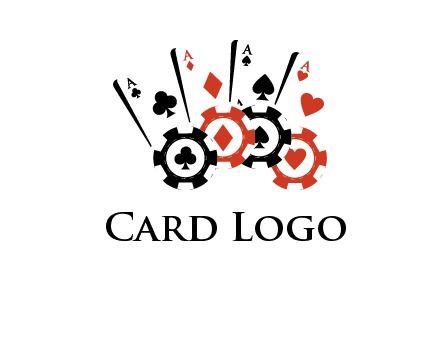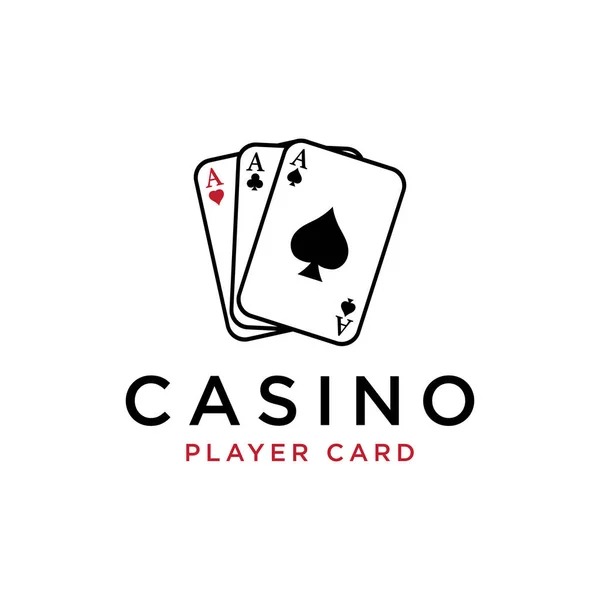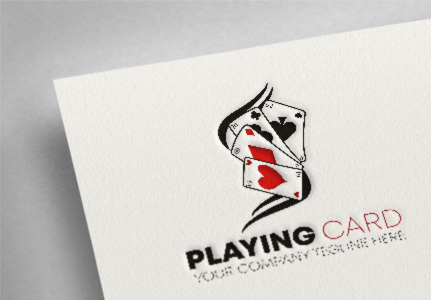Player cards are digital representations of users or characters within a website or game. These cards often contain essential information like the player’s name, avatar, stats, and achievements, making them a vital user interface component. But more than just a data display, player cards are crucial in user engagement and interaction.
Whether you’re a game developer, web designer, or UI/UX enthusiast, understanding the intricacies of player card design can significantly enhance your projects. In this comprehensive guide, we’ll take you through the history, key features, best practices, and future predictions for player cards.
The Evolution of Player Card Design

From Simple Profiles to Dynamic Experiences
Initially, player cards were simple profile badges displaying basic information like names and scores. These early versions served their purpose but left much to be desired regarding user engagement.
Rise of Customization
With advancements in web and game design, player cards began to evolve. Customizable avatars, dynamic stats, and interactive elements became the norm, offering users a personalized experience. This transition marked a significant shift in how player cards were perceived—not just as informational tools but as integral parts of the user experience.
The Modern-Day Player Card
Today, player cards are sophisticated, incorporating features like live updates, social sharing options, and even mini-games. They are designed to captivate users, encouraging them to spend more time on your platform and fostering a deeper connection with your content.
Key Features and Elements of Player Cards

Essential Components
At their core, player cards should include the following elements:
- Avatar: A visual representation of the player.
- Name: Displayed to identify the player.
- Stats: Key performance metrics like scores, levels, and achievements.
- Bio (Optional): A brief description or tagline.
Interactive Elements
To make player cards more engaging, consider adding:
- Buttons for sending messages, adding friends, or challenging a game.
- Progress Bars to visually represent the player’s achievements or levels.
- Animations to make the card come alive, especially during interactions like hovering or clicking.
Visual Appeal
Aesthetics play a crucial role. Use a consistent color scheme, readable fonts, and high-quality images to make your player cards visually appealing. The design should align with your overall theme and branding.
The Role of Player Cards in User Experience

Enhancing Engagement
Player cards are more than just decorative elements; they are tools for enhancing user engagement. By offering a personalized and interactive experience, player cards can make users feel valued and involved in your platform.
Facilitating Interaction
Interactive elements on player cards, such as buttons for messaging or challenging other players, facilitate social interaction. This keeps users engaged and builds a community around your platform.
Providing Value
Player cards give users a sense of accomplishment and progress by displaying important stats and achievements. This can be particularly motivating in gaming environments, where leveling up and earning badges are key aspects of the user experience.
Best Practices for Designing Player Cards
Keep it Simple
While it’s tempting to pack your player cards with features, simplicity is key. Ensure the essential information is easily accessible and not cluttered by too many elements.
Make it Customizable
Users can personalize their player cards by choosing avatars, backgrounds, and themes. Customization options make users feel more connected to their profiles and, by extension, your platform.
Focus on Responsiveness
Your player cards should look and function well on all devices. A responsive design ensures users have a seamless experience, whether on a desktop, tablet, or smartphone.
Case Studies of Successful Player Card Designs
Fortnite
Fortnite’s player cards are a perfect example of effective design. They include customizable avatars, dynamic stats, and interactive elements like friend requests and challenges. This design has significantly contributed to the game’s massive user engagement.
LinkedIn uses player card-like profiles to display professional achievements and skills. These interactive cards allow for endorsements, messages, and connection requests. This approach has made LinkedIn a go-to platform for professional networking.
Pokémon GO
In Pokémon GO, player cards display essential stats, achievements, and customizable avatars. The interactive elements, such as trading and battling with friends, have kept users engaged and returning for more.
The Future of Player Cards
Integration with AI
The future of player cards lies in their integration with artificial intelligence. AI can offer personalized recommendations, real-time updates, and even predictive analytics, making player cards more dynamic and useful.
Augmented Reality
Imagine player cards coming to life through augmented reality (AR). This technology can add another layer of interactivity, allowing users to see 3D avatars and stats in their physical space.
Blockchain for Authenticity
Blockchain technology can verify the authenticity and uniqueness of player cards. This can be particularly useful in gaming environments where rare items and achievements hold significant value.
Conclusion
Player cards have come a long way, from simple profile badges to sophisticated, interactive components that significantly enhance user engagement. By understanding and implementing best practices in player card design, you can create a more engaging and interactive user experience.
Whether you’re a seasoned designer or just starting, now is the perfect time to invest in high-quality player card designs. The future holds even more exciting opportunities with AI, AR, and blockchain technologies on the horizon.
Ready to take your player card design to the next level? Start implementing these insights and watch your user engagement soar. For more tips and personalized advice, contact our expert team today!

Pingback: 7 Effective Tips for Dental Logo Design